How to Get Rid of Gnats in Your Potting Soil (7 Simple Steps)
-

- Last updated:

Gnats can be an extremely annoying pest. Houseplants can attract gnats. Gnats will congregate around viable pots and make their home in your plant’s soil. This can cause irritating numbers of gnats to ruin the Zen of your home or garden. The good news is that while gnats are very annoying, they are relatively easy to eliminate and ward off. If you have a problem with gnats in your soil, you can quickly eliminate them by following these simple steps.
Here is how to get rid of gnats in your potting soil in seven easy steps.
Preparation
In order to rid your potting soil of gnats, you will need some common household items on hand. You will also need a few hours to soak your plants and treat the soil. Here is everything you will need to get started.
What You Will Need:
- Hydrogen peroxide
- Water
- Gloves
- An empty bottle
- A stick (or similar instrument)
| Time: | 2-4 hours |
| Complexity: | Basic |
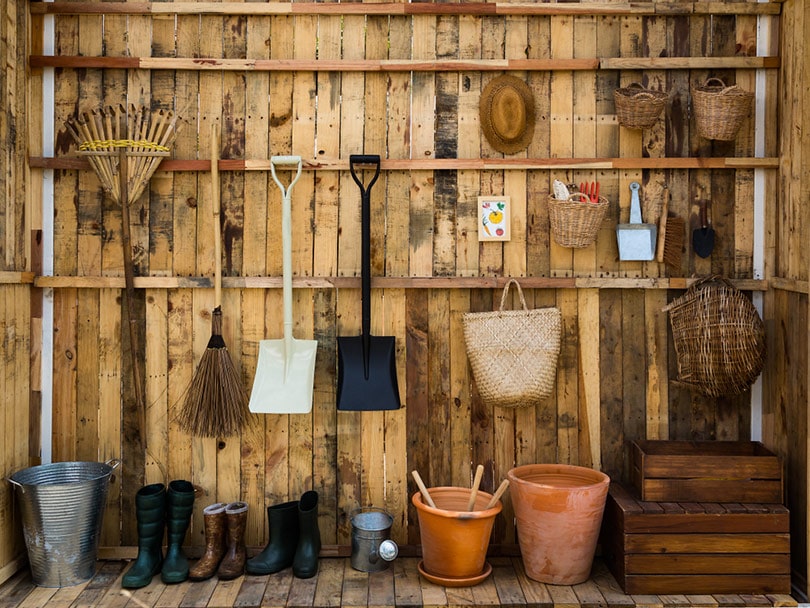
How to Get Rid of Gnats in Your Potting Soil (7 Steps)
1. Identify the Source of the Gnats
The first step is to identify the source of the gnats. Locate what plant they are most heavily concentrated around. Poke through the top layer of soil and see if you can spot gnats in the soil of the infected plant. You do not want to treat the wrong plant. The key to eliminating a gnat infestation is to kill the larva in the soil so that the gnats cannot continue to reproduce.
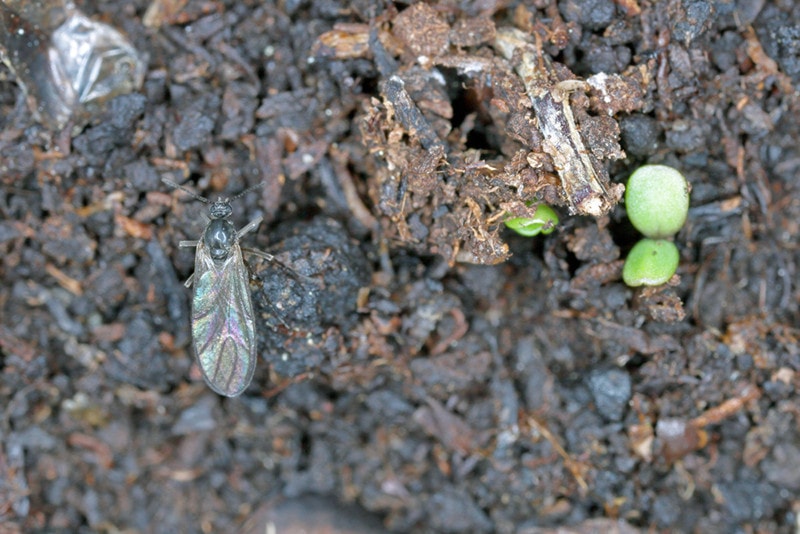
2. Isolate the Infected Soil
The next step is to isolate the infected soil. You might want to move the pot outside or into the garage. Keep the infested plant away from other houseplants to prevent the gnats from spreading to other nearby soil. This will help keep the job small and manageable.
3. Create a Hydrogen Peroxide Mix
Hydrogen peroxide is an effective gnat killer. You will want to mix four parts water with one part hydrogen peroxide. The exact amounts will depend on how large your infested soil base is. The larger the pot, the more solution you will need. You need enough solution to thoroughly soak the top layer of soil. Mix the solution in a clean bottle that you can easily pour.
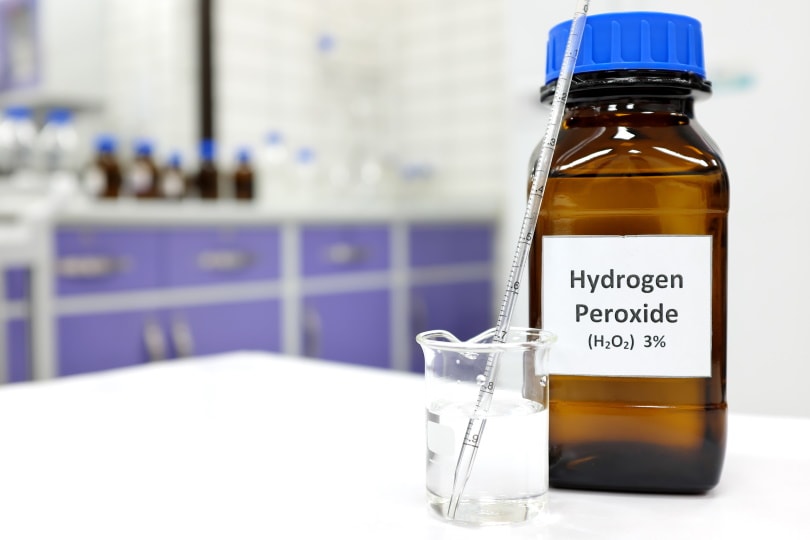
4. Soak the Soil with the Mixture
Soak the top layer of soil. Let the mixture settle in. Make sure you use enough liquid to get the soil nice and wet. If you do not let the mixture penetrate beyond the very top of the soil, you could accidentally leave gnat larvae lurking below the surface, leading to a repeat outbreak.
5. Let the Soil Dry Out
After soaking the soil, let the top layer of soil completely dry out. Gnats love to live in wet soil, and letting it dry out will continue to kill the infestation. Even if some gnats survive, they will leave to seek wetter soil. This is also why it is important to isolate your infected soil, so the gnats don’t simply transfer to another nearby houseplant.
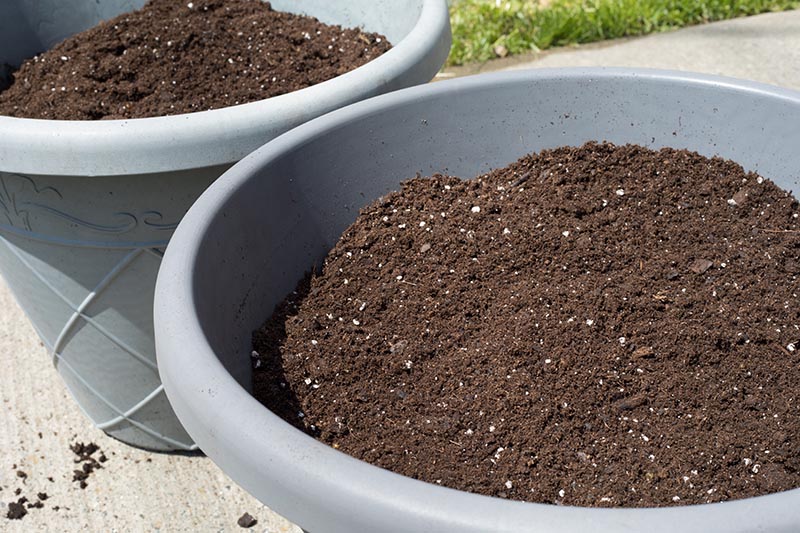
6. Aerate the Soil
After the soil is dry, it is time to aerate the soil. Using a stick or fork, poke holes about 1 to 2 inches deep. Poke holes throughout the top layer to allow air to penetrate the soil. Aeration will help make the soil unattractive to future gnats. You can also use your fingers if you are wearing gloves.
7. Check for Gnats
Let the soil sit for a couple of days, and then go back and check for gnats. If the treatment worked, there should be very few or no gnats remaining in your soil. If the soil is free of gnats, move the pot back to its original position. Do not move your plant back near your other plants until you are sure the soil is free of gnats.
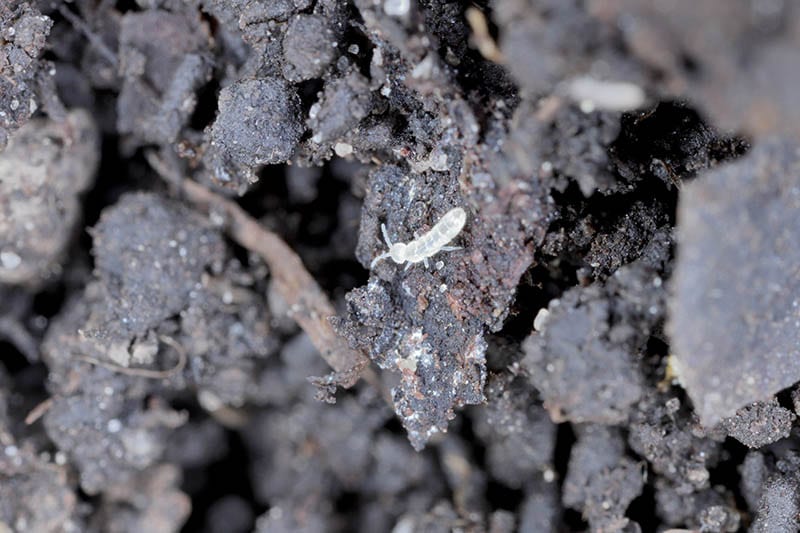
 Other Viable Mixtures and Solutions
Other Viable Mixtures and Solutions
Hydrogen peroxide is a very effective base for your gnat-killing mixture. However, there are other solutions online that can also work. Some people say vinegar also works very well. Some people promote a soap and water mixture. Others claim cinnamon works just as well. Hydrogen peroxide is effective, cheap, and has minimal side effects for the soil, so that is what we suggest. But if you have another mixture that you feel more comfortable with, feel free to use that. Just swap out the mixing process in step three with your own formula and continue.
Try Baking the Soil
If you do not like the idea of soaking your potting soil in a mixture of water and hydrogen peroxide, you can try baking it. This is a good option for a small amount of soil. Pour the infected soil into a baking pan or pot, cover it with tin foil, and put it in the oven. Heat the oven to 200 F and let the soil bake for 30 minutes to 1 hour. The prolonged heat should be enough to kill any pests that might be lurking in the soil, including gnats.
This method will not work for large amounts of soil.
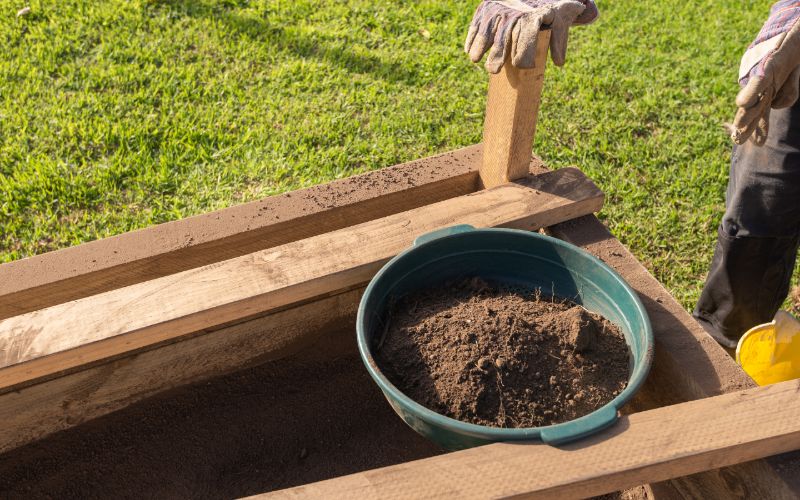
Tips for Preventing Gnats
Water from the Bottom
Watering your plants from the bottom can help reduce gnats. To water from the bottom, you need to ensure you have drainage holes in your pots. Set your pot in a bin of water and allow the water to be absorbed through the bottom rather than the top. This does not allow gnats to see and find the exposed soil on the top by keeping the exposed layer of soil dry rather than soaked.
Don’t Overwater Your Soil
Gnats love dark and damp soil. Keeping your soil moist but not wet can help prevent gnats from finding your plants an attractive place to breed. Do not overwater your plants. Let the top layer of soil dry before watering your plants.
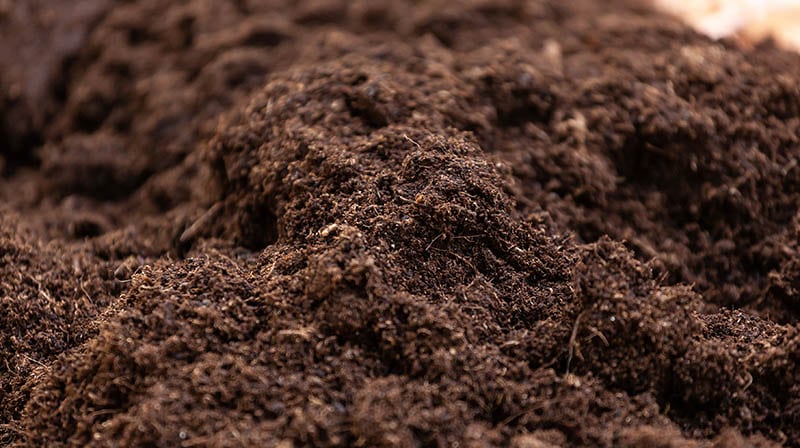
Tackle Issues Early
If you see gnats, address the issue as quickly as possible. Letting gnats scope out your plants can cause an infestation to take root. You can use bug sprays, cinnamon, or pesticides to kill wayward gnats before they start to multiply or spread. By attacking the root of the problem early, you can prevent gnats from settling into your home.
Keep Plants Separated
Keeping your plants in close proximity can cause gnats to spread quickly. If there are numerous plants in one area with wet soil, it will create an attractive environment for gnats to live and breed. Keeping plants separated can help reduce the prevalence of gnats by making your houseplants less attractive to a gnat infestation.
 Conclusion
Conclusion
This treatment process is very effective. In just a few hours, you can easily eliminate pesky gnats from your soil. Soaking the soil will kill adult gnats and will penetrate down to where the gnats live and multiply. The result should be soil that is completely free of gnats. If you are unsuccessful the first time, try doing the process a second time. Most gnat infestations will be eliminated in two attempts.
Featured Image Credit: Johannes Ziegler Photo, Shutterstock
Contents

